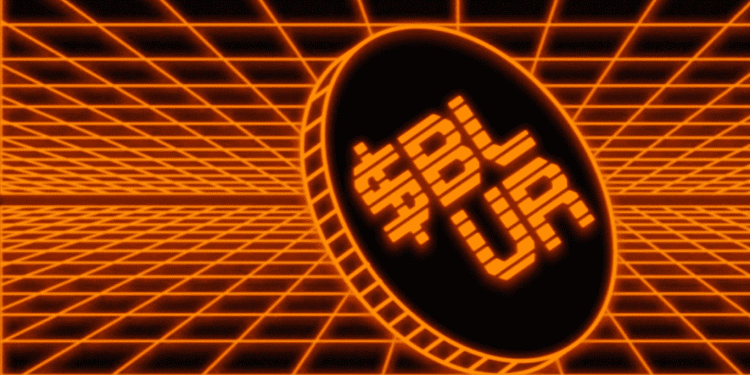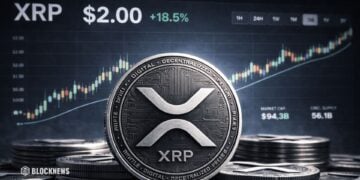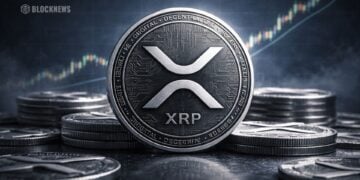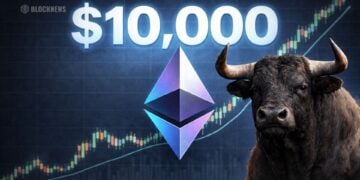NFT Aggregators Explained
Blur is an interoperable NFT aggregator built on the Ethereum blockchain that consolidates NFT listings from varying marketplaces across multiple blockchains into one platform. An NFT aggregator uses automated software programs called crawlers to scan blockchain protocols for NFT metadata—descriptive information that identifies a unique NFT project—such as the floor price and contract address. Crawlers sort through these sources to extract and collect the required and necessary data and present it in a user-friendly format by parsing it. By aggregating the data into a string of logical syntactic pieces, the crawler can begin to reconstruct the NFT listing.
But wouldn’t it mean the NFT is no longer immutable if a crawler can reconstruct its listing? No. Crawlers only replicate NFT metadata, which can be copied. Then they display a sale of the NFT through its metadata while the actual NFT remains secured and immutable on its host blockchain. This is under how only the pixelation that makes up the image of an NFT JPEG file is uniquely encrypted, not its metadata. The crawlers are not stealing the information, as the data records stored on blockchain blocks are publicly available. However, Opensea has come after Blur demanding royalty fees. Nonetheless, NFT aggregator technology has been critical in enabling higher daily trading volumes of NFTs and diversifying the collections of NFTs in circulation.
Blur’s Differentiation
Blur separates itself from other aggregators because it hosts its own NFT platform and marketplace, and its crawlers can extract and reconstruct metadata faster than any others. This enables users of Blur’s ecosystem to view, buy, and sell NFTs from varying blockchain protocols faster than anywhere else in Web3. The Blur platform shares interoperability with Layer 1 and Layer 2 blockchains such as Ethereum, the Binance Smart Chain, Polygon, and Solana.
Blur has become popular with experienced NFT holders because the speed at which users can complete transactions allows for professional and streamlined trading. Another huge draw of buying and selling on the Blur marketplace is its low transaction fees. Opensea gas and mint fees are so high that it makes scalability on the platform difficult and trading stupidly expensive.
Blur has been steadily airdropping users’ smidgeons of its native currency, $BLUR, since October 2022. On February 23, 2023, Blur officially launched its initial coin offering (ICO) to positive reactions since the anticipation of $BLUR had been building for quite some time. An ICO was found instead of an initial exchange offering (IEO) or initial decentralized exchange offering (IDO) because, although these token sales expose larger markets, Blur’s new token had already garnered significant hype.
$BLUR Tokenomics
$BLUR is an ERC-20 governance token released with a deflationary supply of only 3 billion. Shockingly, the ICO saw the price of $BLUR open at USD 5.00, and nearly 24 hr later, the price dropped to the USD 1.00 mark. However, compared to other NFT aggregator tokens like $LOOKS (LookRare) and $GEM (GEM), CoinGecko ranks Blur hundreds of projects higher. In less than two days, its market cap is triple that of LooksRare, and not even comparable to Gem—which was supposed to be the leading aggregator because of its crawling efficiency and NFT market variety.
Overall, the Blur ICO has been very successful thus far, and if its momentum continues to carry, we may have a bullish DeFi solution on our hands with massive potential.














